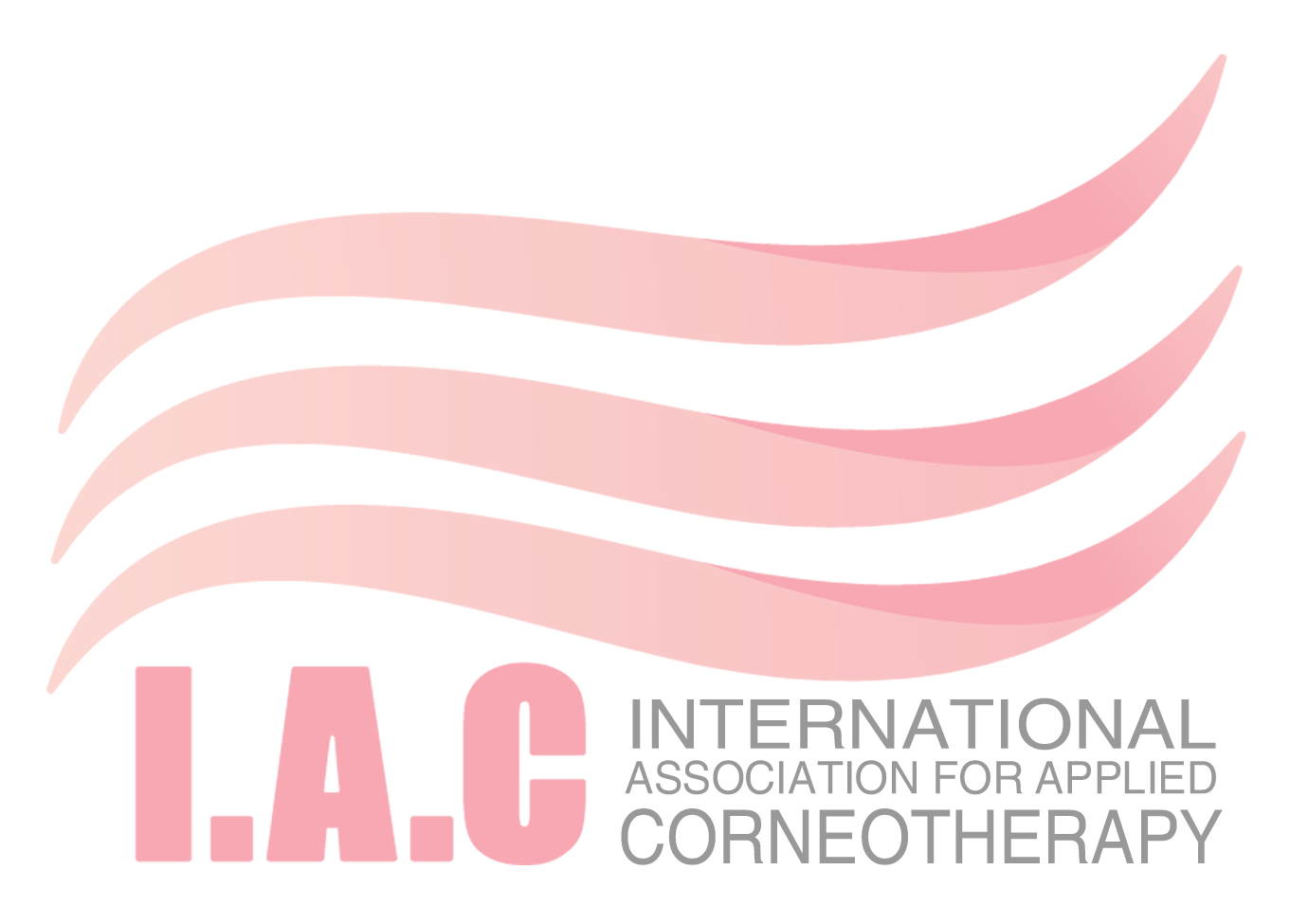Hyaluronic acid belongs to the group of glycosaminoglycans and hence also is called hyaluronan.
Hyaluronic acid qualities
Hyaluronan chains can have different lengths, depending on the manufacturing and processing procedures which usually are based on biotechnological techniques. Hence we speak of high- and low-molecular hyaluronic acid (HA):
- High-molecular HA has an average molar mass (M) of 2,000,000 Dalton. For comparison: water has a molar mass (M) of 18.
- Low-molecular HA has an average molar mass of about 20,000 up to 50,000 Dalton.
In terms of the HA features to expect, the molar masses are only informative if their particle size distribution also is known. This is due to the fact that the average values, by their very nature, are composed of smaller and larger molecules. Hence the particle size distributions can have a marked maximum or can be more or less flat.
Studies
Unfortunately, most of the scientific publications do not pay attention to the particle size distributions of the used hyaluronic acids. Just to give you an example: It is concluded from the effects of low-molecular hyaluronic acids that they can permeate the skin barrier. On the basis of the laws of physics however, this is impossible.
Moreover, the studies did not examine whether the microflora (microbiome) of the skin breaks up the applied low-molecular HA qualities into still smaller units up to D-glucuronic acid and N-acetyl-D-glucosamine (NAG).
It is correct that low-molecular HA, in the case of flat distribution, contains small molecules up to the above-mentioned basic units such as D-glucuronic acid (M = 194) and N-acetyl-D-glucosamine (M = 221). Their behaviour is completely different to the polymeric hyaluronic acids and they can easily penetrate the skin barrier particularly if penetration-enhancing liposomes are used.
Hyaluronan-NAG liposomes
After the passage through the skin barrier, N-acetyl-D-glucosamine (NAG) turns into a hyaluronic acid substrate, in other words, the HA synthesis is intradermally stimulated. What, then, is more obvious than applying hyaluronic acid which is optimized by combining high-molecular HA with liposomal NAG? This concept has been realized with the preparation Hyaluronan-NAG liposomes:
- High-molecular hyaluronan extradermally forms a permeable, moisture-retaining film with wrinkle-reducing and plumping effect due to the hydrogen bridge linkage with the keratin of the skin.
- Liposomal NAG intradermally stimulates the hyaluronic acid formation and supports the turgor of the connective tissue which depends on the aging process.
Further ingredients are D-panthenol (provitamin B5), which, in addition to the liposomes, facilitates the passage of NAG through the skin barrier and simultaneously has regenerative effects – among others through a stimulated epithelialisation. Barrier-affine ceramides and sebum-related lipids additionally generate a sustainable skin care effect.
Additional literature:
- Uitterlinden EJ, Koevoet JLM, Verkoelen CF, Bierma-Zeinstra SMA, Jahr H, Weinans H, Verhaar JAN, and van Osch GJVM, Glucosamine increases hyaluronic acid production in human osteoarthritic synovium explants, BMC Musculoskelet Disord. 2008(9),120
- Sayo T, Sakai S, Inoue S, Synergistic effect of N-acetylglucosamine and retinoids on hyaluronan production in human keratinocytes, Skin Pharmacol Physiol. 2004,17(2), 77-83
- Hyaluronsäure – ein legendärer Wirkstoff, Kosmetische Praxis 2008 (4), 16-18
- Hyaluronsäure & Polysaccharide – für Hautfeuchte und gegen Falten, medical Beauty Forum 2018 (6), 15-18
Dr. Hans Lautenschläger
|






